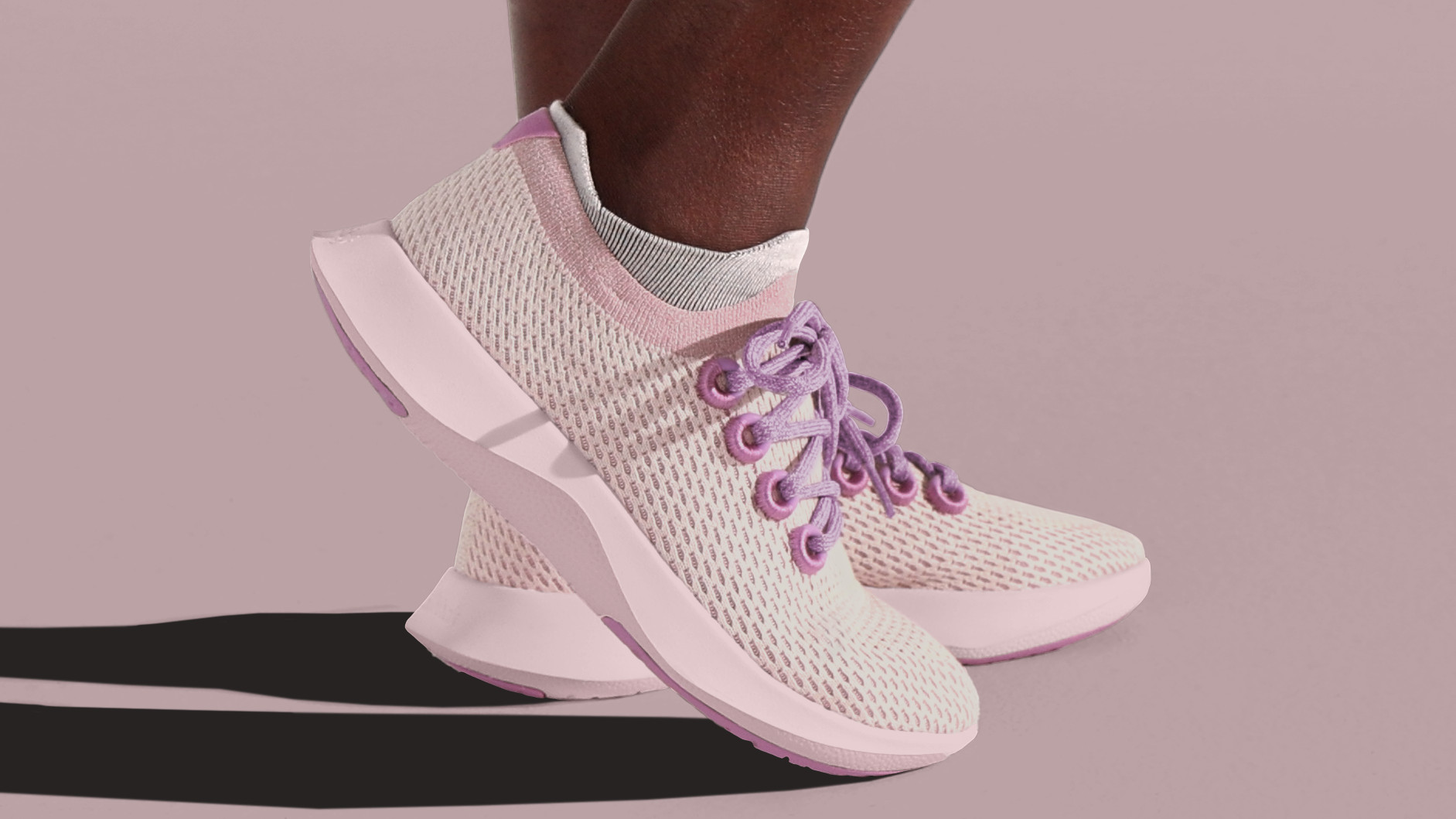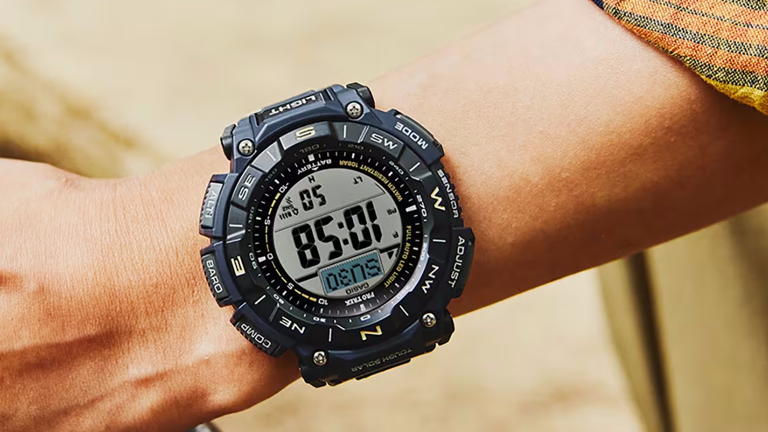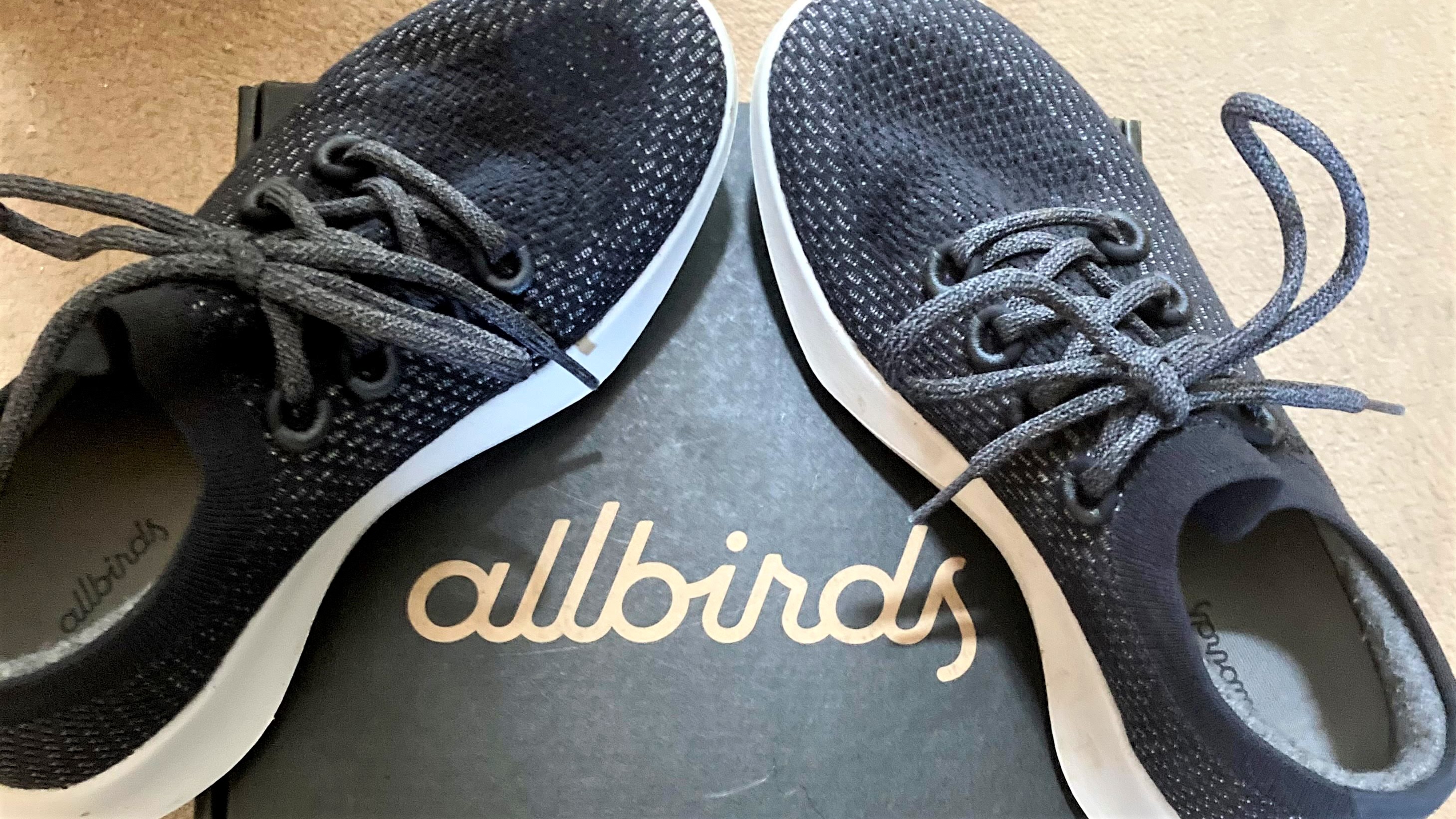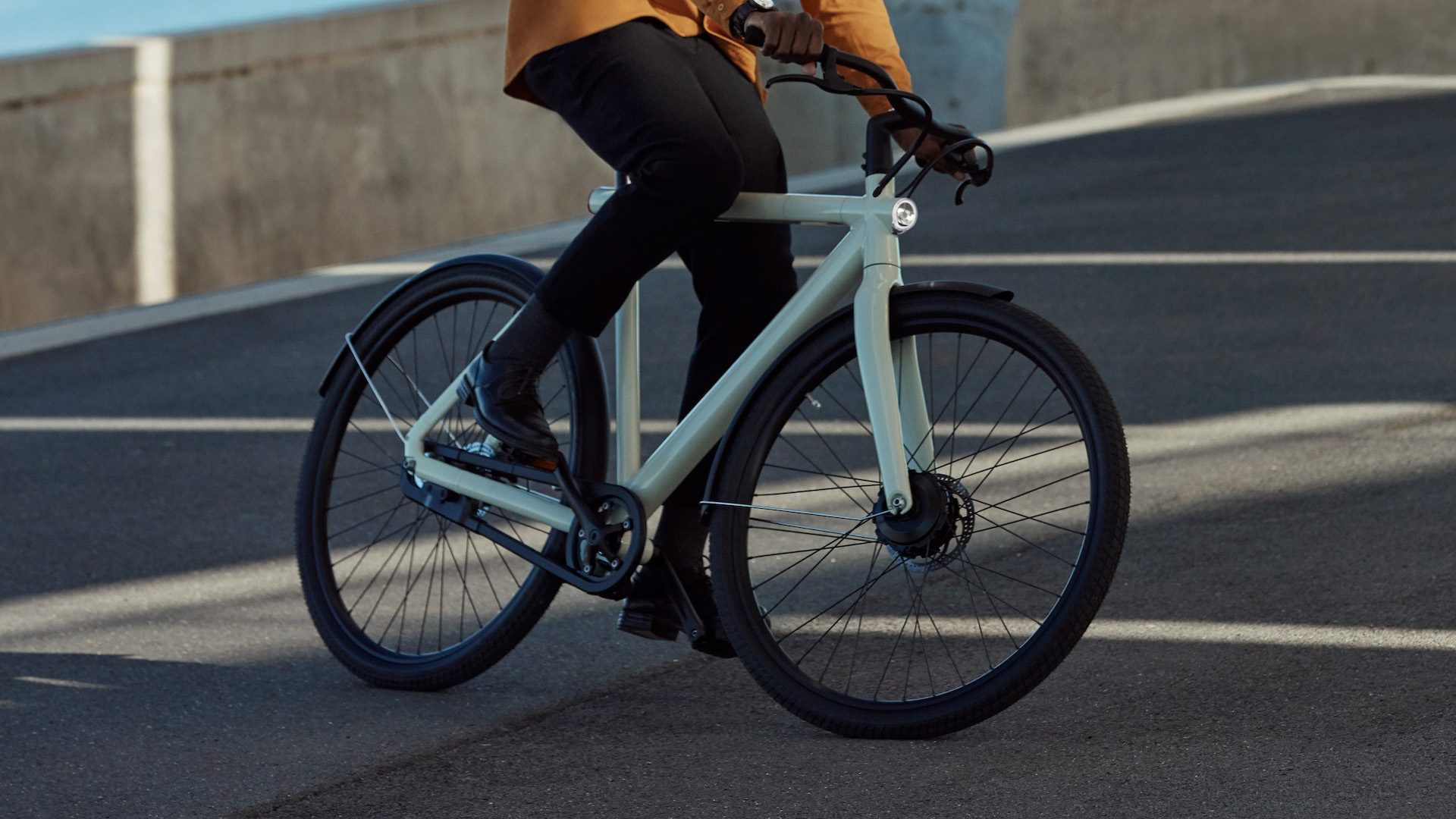
This article is part of a series of sustainability themed articles we're running to observe Earth Day 2024 and promote more sustainable practices. Check out all of our Sustainability Week 2024 content.
Recycled materials are becoming more common and better quality than ever, especially when it comes to outdoor or fitness tech. While "take nothing but pictures and leave nothing but footprints" is a good motto for your outdoor excursions, to go outdoors and truly leave no trace is a challenge, if you consider the ethics of the kit you use.
The manufacturing process can be intensely resource-draining for planet Earth. Even the design of a new outdoor shoe, for example, requires multiple resources including power, parts for machines to model, test facilities, and that's not taking into account the shoe materials and how much of them will end up in landfill.
However, many companies are trying to finally make your adventures sustainable from start to finish by creating truly sustainable tech in the fitness and outdoor space, from Casio's Pro Trek watches being made from biomass polymers to Allbirds' claims of being the most eco-conscious shoe brand out there. However, how successful are they? We're taking a closer look to work out if putting your money into these eco-focused options is actually going to help as advertised.
Watches: Casio and Apple

A watch made from beans might sound like a joke, but Casio has made it a reality. The idea is to cut back on the many, many plastics that commonly get used in watch creation. Despite being a planet-friendly watch, it is still a contender in for our best running watches alternatives.
Both the cases and plastics on a few of the company's outdoor watches – Pro Trek PRG-340SC-5 and PRG-340SC-2 climber models – are made using bioplastics. What that term constitutes is unclear, but Casio says it's from plant matter and other renewable organic substances, including castor oil derived from beans.
One issue that remains with watches is using lithium-ion batteries, a finite resource. However, since these watches come with solar charging that means these should, technically, last a lifetime. So even that isn't as much of an issue as on some other watches.
There is still also going to be plenty of plastics and silicone as well as metals used in the mechanics of the watch, but that's the same as any other. At least in this case, the rest of the watch is closer to being environmentally friendly than if it used conventional plastic.
There is also the manufacturing process to be considered, like if these are made in carbon-neutral factories using renewable energy, or how far watches ship about the world before reaching a consumer. There's not much to be done about shipping for now, but Casio has not made any carbon-neutral manufacturing claims that we're currently aware of, although in 2021 it committed to a target of a 38% reduction in its total emissions by 2031.
Apple, on the other hand, stated its most recent watches are already officially carbon neutral, but has faced pushback on these claims. Carbon offsetting allows companies to claim they have zero carbon emissions by planting some trees – or even simply pledging they will, at some point – in order to appear to be carbon neutral. In reality, in the now, they're not.
Running shoes: Allbirds and recycling initiatives

Allbirds is not only a shoe brand known for making comfy kicks, but for doing it with sustainability at the forefront of its marketing. Primarily it works towards it carbon-neutral goal of 2030 by cutting down on plastics in the shoes, and by using renewable energy in its factories.
Materials it uses as alternatives to plastics include wool for the upper, Forest Stewardship Council wood for the materials, sugarcane for the soles and Trino made from tree and merino wool, hence the name. But it's the attention to detail that really stands out, such as using certain trees from Africa which only require rainfall to grow. In this way, even the water required to renew is taken into consideration. It also uses recycled nylon and plastic bottles to complete the process.
There is also the Mo.onshot shoe, which AllTrails states is the world's first net zero carbon shoe. This has a footprint, pun aside, of 0.0 kg CO2e, compared to the average shoe which is about 14 kg CO2e.
To be clear, the company is leading the way in thinking, planning and executing more carbon zero-focused production, but it's not there yet. It slashed its carbon footprint from 2020 to 2021 by 12% and now, closer to 2025 it is more than 60% towards its goal of net zero carbon footprint by 2030.
Another option, that's in the making, may mean a chance to recycle current running shoes and most of their plastics. Independent firms and shoe recycling initiatives include Soles4Souls in the US, which reuses lightly-used running shoes, and zero-waste firm TerraCycle, which has partnered with ASICS to discover ways to reuse running shoes. In the UK, JogOn partnered with the 2024 London Marathon to help reuse and recycle participant's running shoes.
"Up until now the only option has been to send 'end of life' shoes to a Waste to Energy plant," JogOn founder Tony Piedade told TechRadar after a chance meeting at the London Marathon Running Show. "This ensures they don’t end up in a hole in the ground, whilst at the same time deriving some benefit from the exercise."
However, Piedade is working on something that could be a game-changer.
"I have, for some months, been working on developing the first-of-its-kind shredding machine to take things to the next level. Early tests now that we can now produce a range of products, including rubber matting sheets, from shredded shoes. In the shredding process we estimate that more than 90% of the shoe is capable of being used. But this is only the beginning!"
Electric transport: Switching from cars to e-bikes

In theory, the best electric bikes are the future of environmentally friendly travel, especially in cities. They don't produce fumes, they have far smaller tires than cars (which often use oil to produce), and they are easy to repair, meaning fewer materials are needed long term. They recharge using electricity which you can opt to be green based on your supplier, and they allow people to stay healthy while they travel.
So what's the problem? Lithium-ion batteries. At the moment, nearly all electric bikes use lithium batteries, similar to those found in smartphones and cars. This puts pressure on lithium mining and will cut into that finite resource. That said, these are far smaller batteries than those in electric cars, so require less lithium to make, but the manufacturing process produces around 75% of the electric bike's lifetime emissions. According to the European Cycling Federation, the manufacture of an e-bike has a carbon footprint of 134 kg. High, but still far less than the 5.5 tons involved in producing a single hatchback car.
Essentially, if you're going from a car to an electric bike that's a winner. But if you're already riding a bike and want it easier by going electric then that's where the environmental impact isn't as great.
To look at specifics: the energy consumption for an ebike results in an average CO2 emissions value of 3.2-8 g/mile, depending on the electricity mix. A car emits about 240 g of CO2 per passenger mile according to a sustainability report from Bosch, while public transportation emits between 80 and 176 g of CO2 per passenger mile.
You might also want to consider the cost of replacing those batteries down the line. That said, I've been riding a Van Moof electric bike for 10,000 miles and the batteries are still going strong – but just something to keep in mind. That said, even Van Moof, since being bought by McLaren in September 2023, has worked towards becoming more sustainable by equipping local workshops with tools and knowledge to outsource maintenance for more local solutions.







